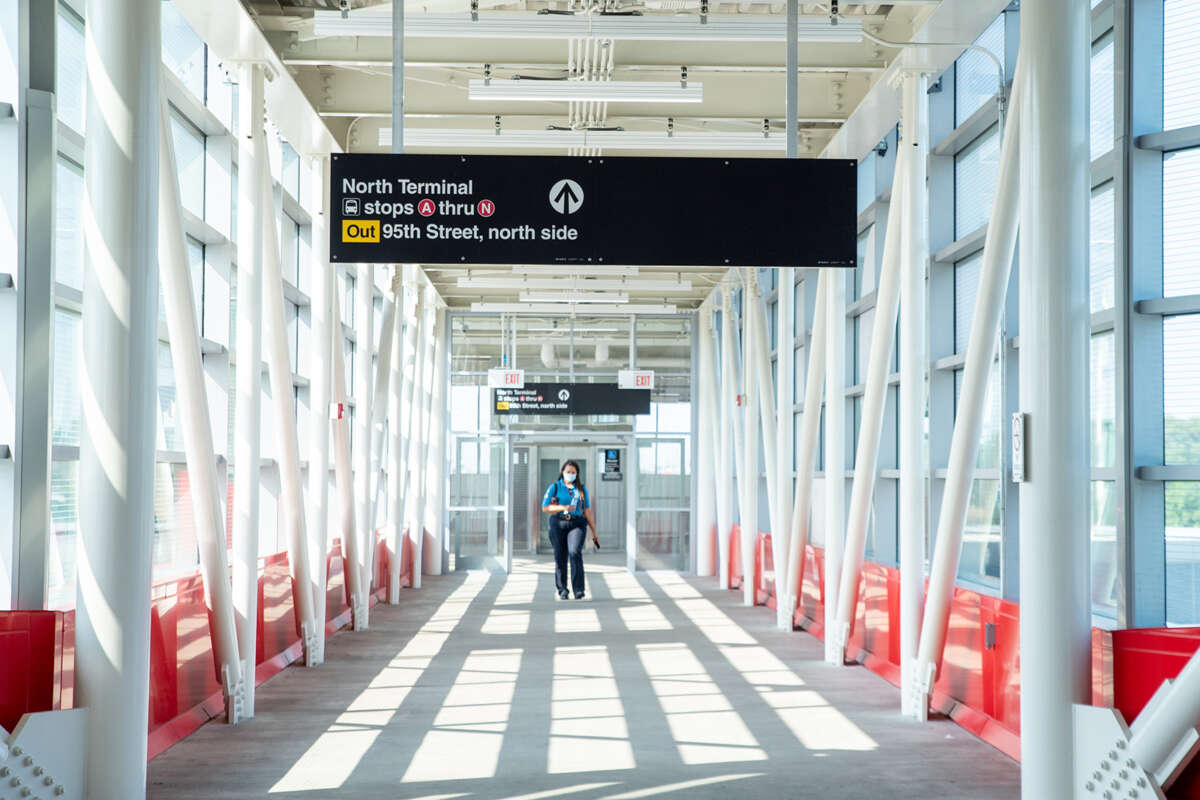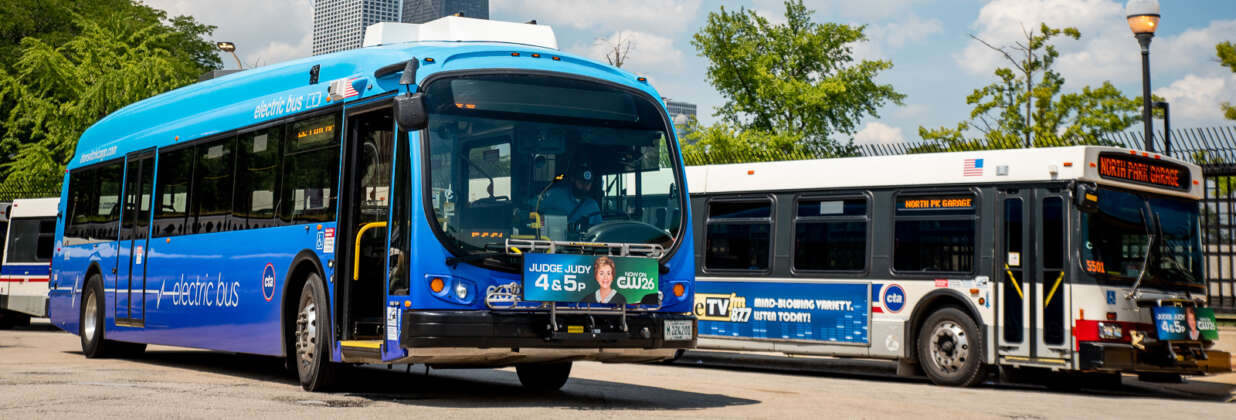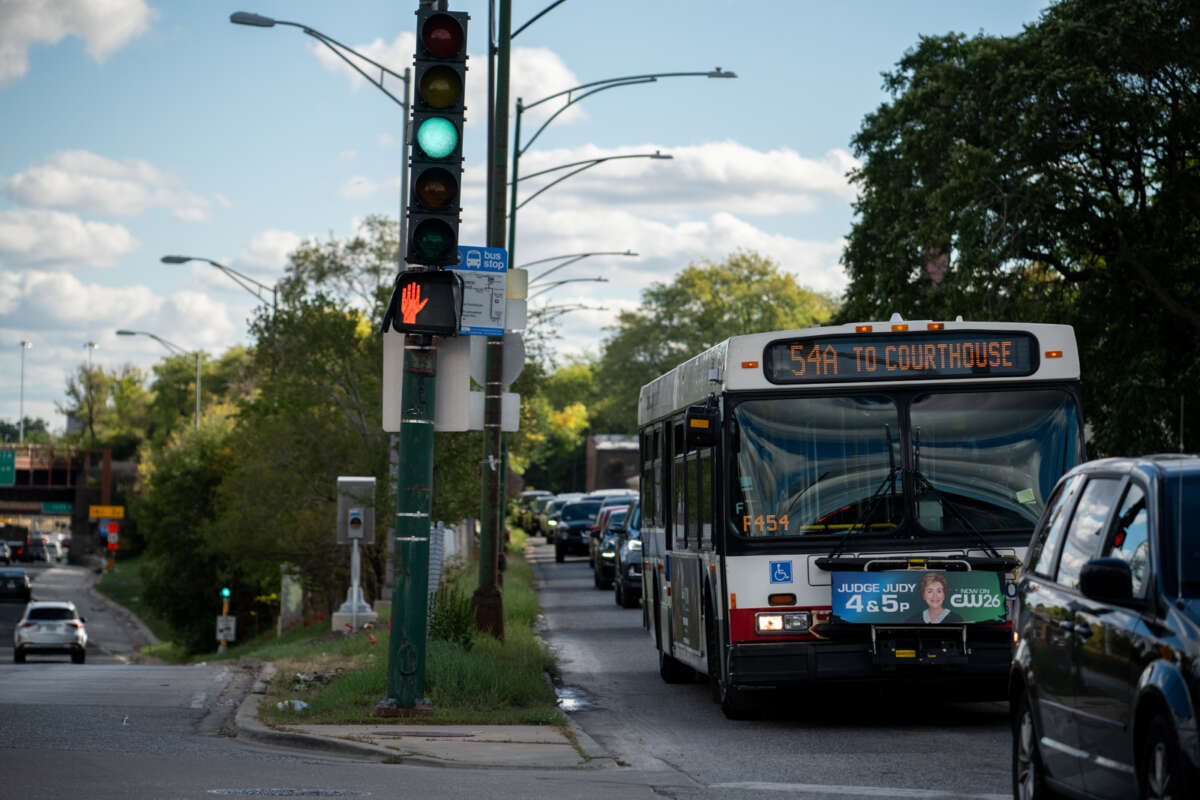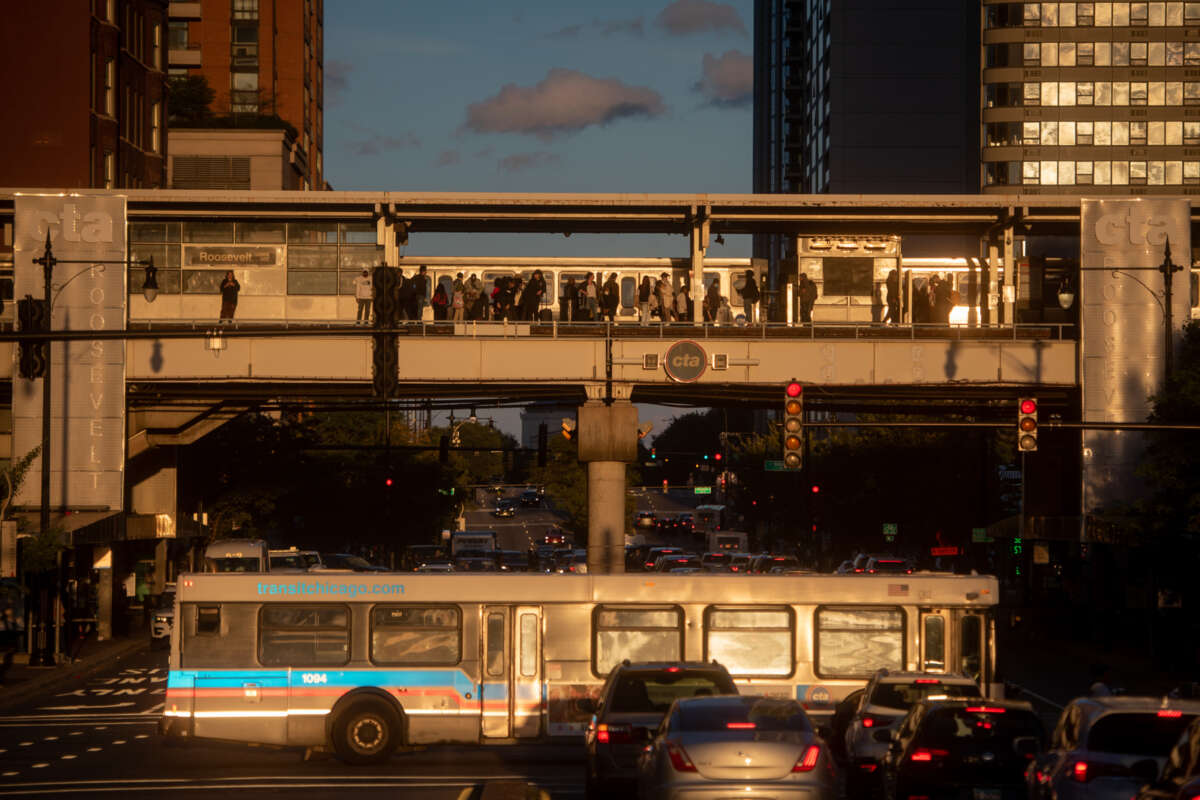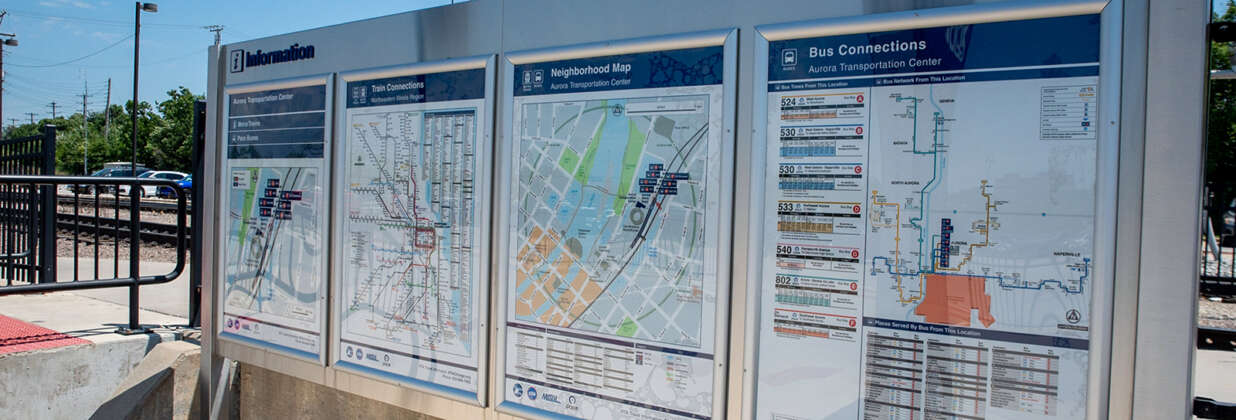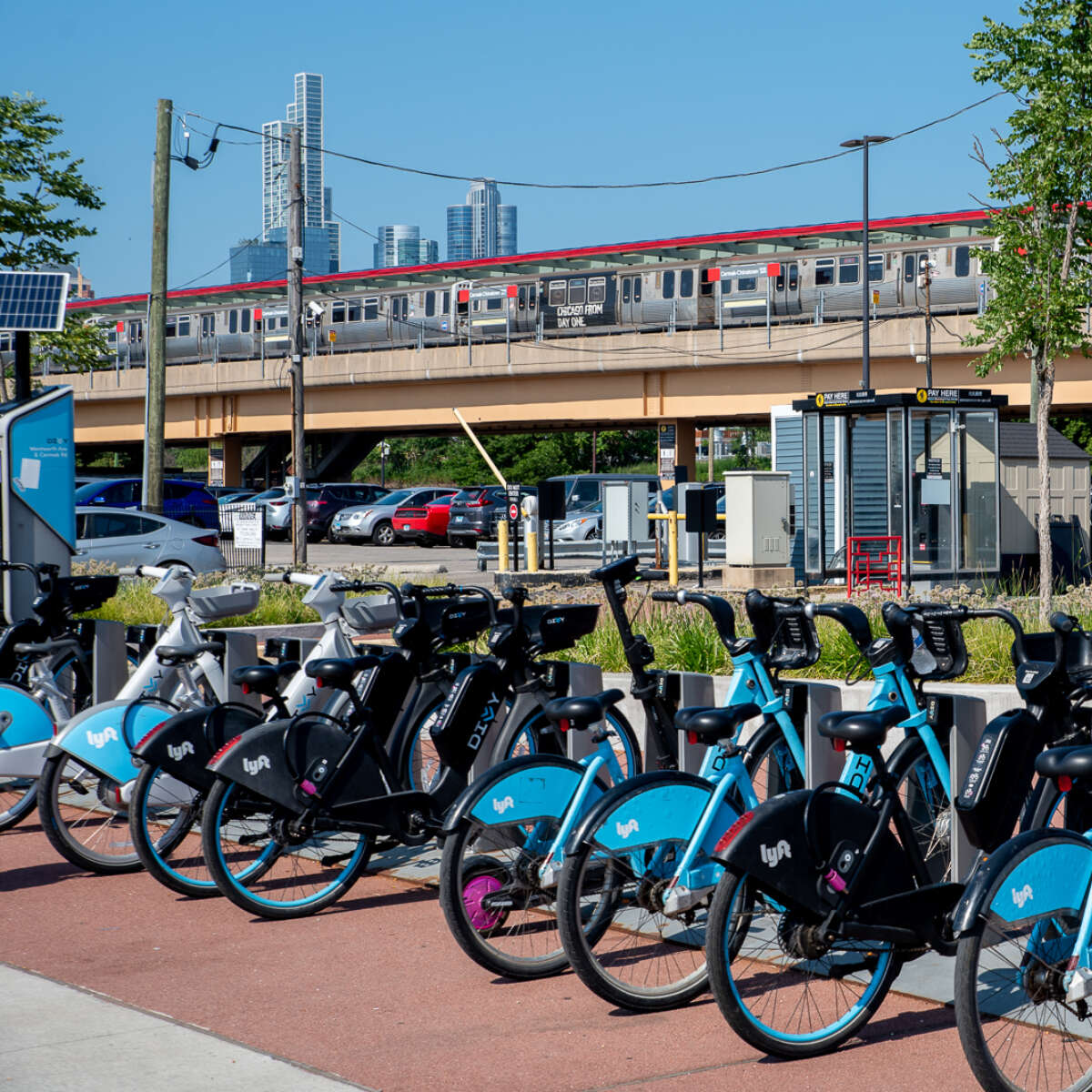Collaboration
In such a large and diverse region, collaboration is crucial to achieve a more seamless transportation experience for riders. As a regional body, the RTA works to bring together the CTA, Metra, and Pace on everything from pandemic response and climate action to installing signage to make it easier to transfer from one service to another.

